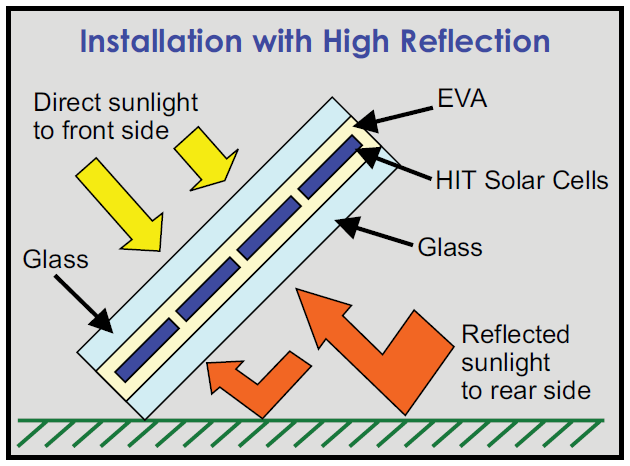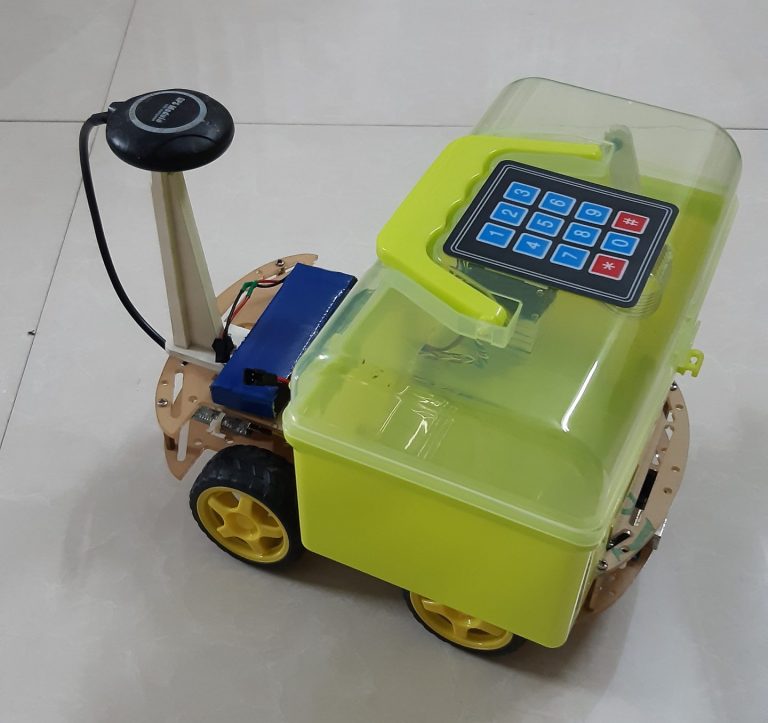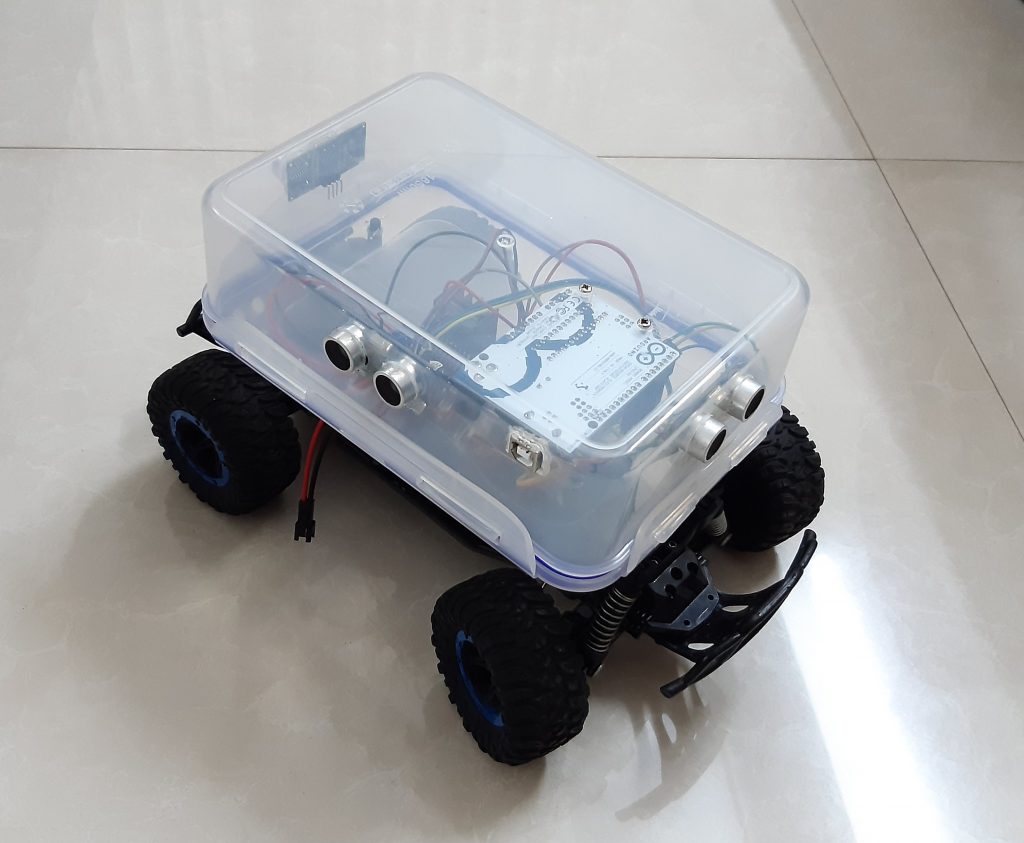
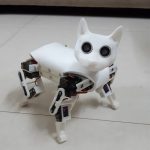
Robotics
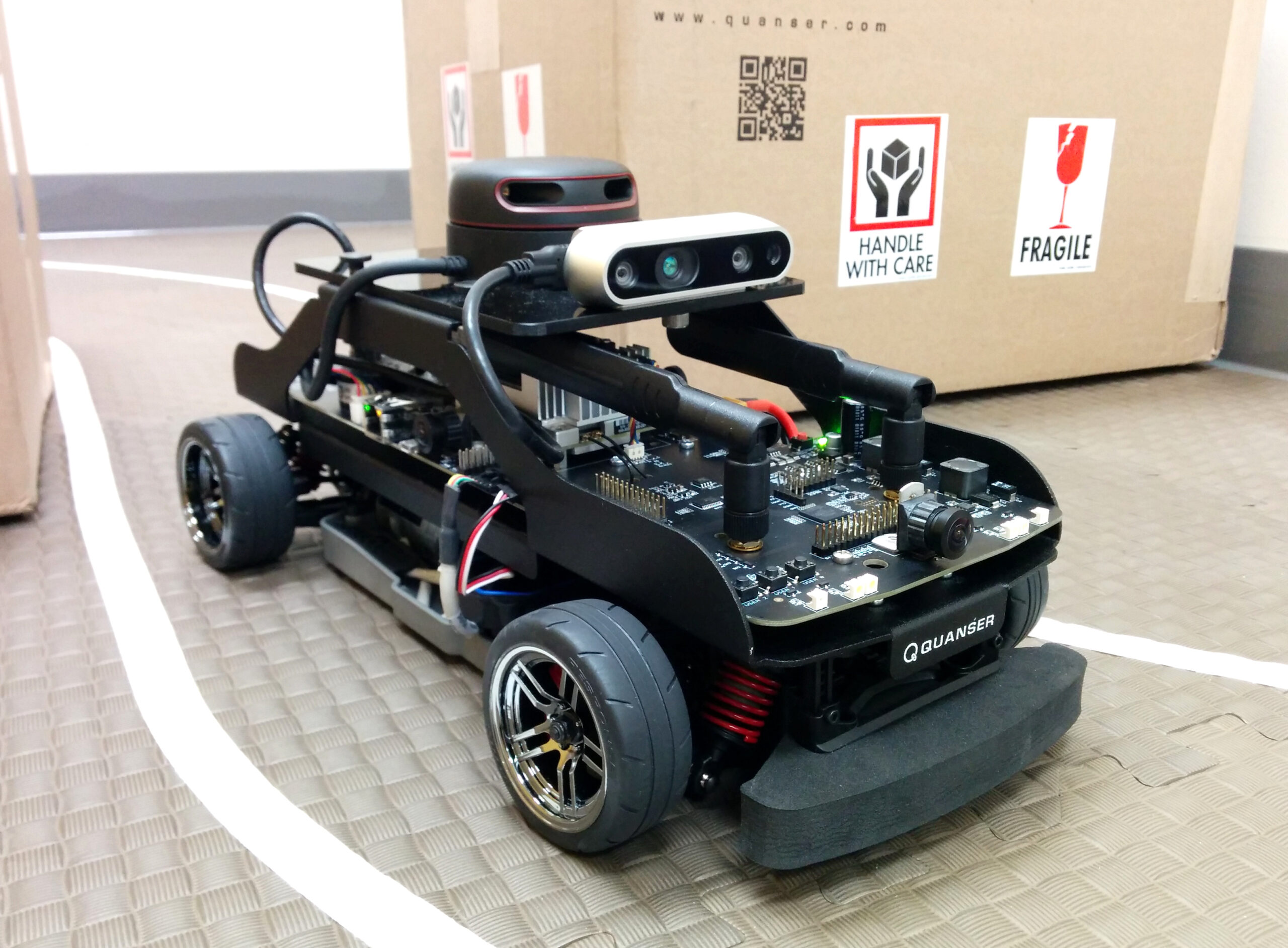
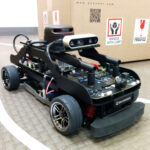
Autonomous Vehicle
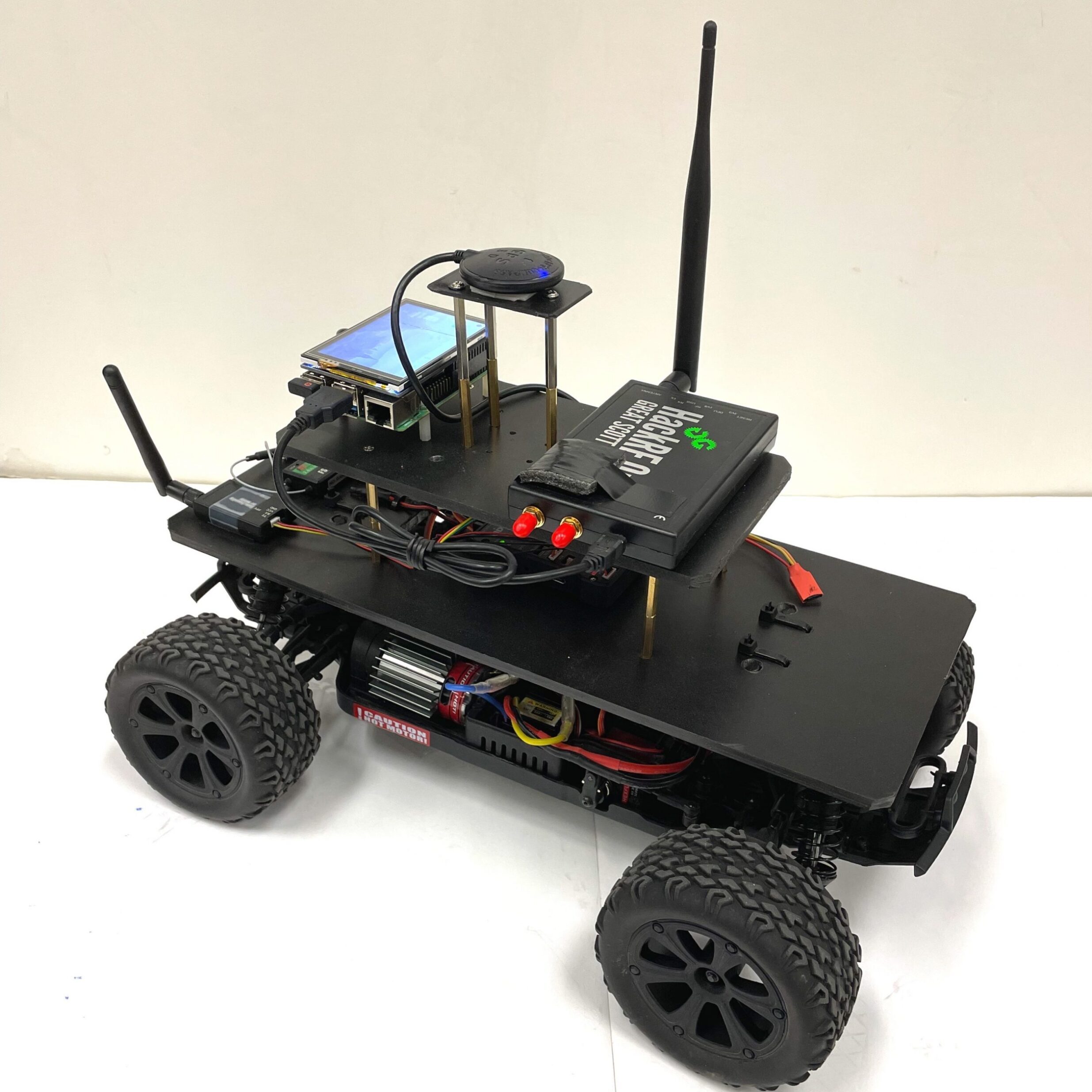
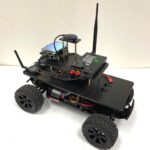
GNSS Navigation Security
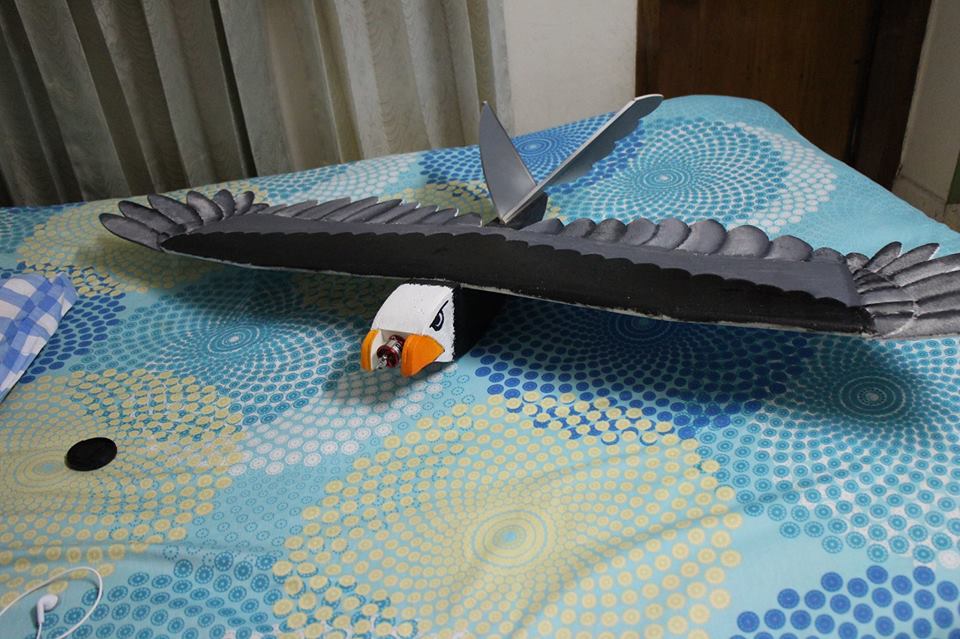

Unmanned Aerial Systems

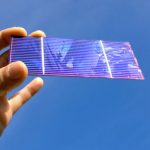
Photonics
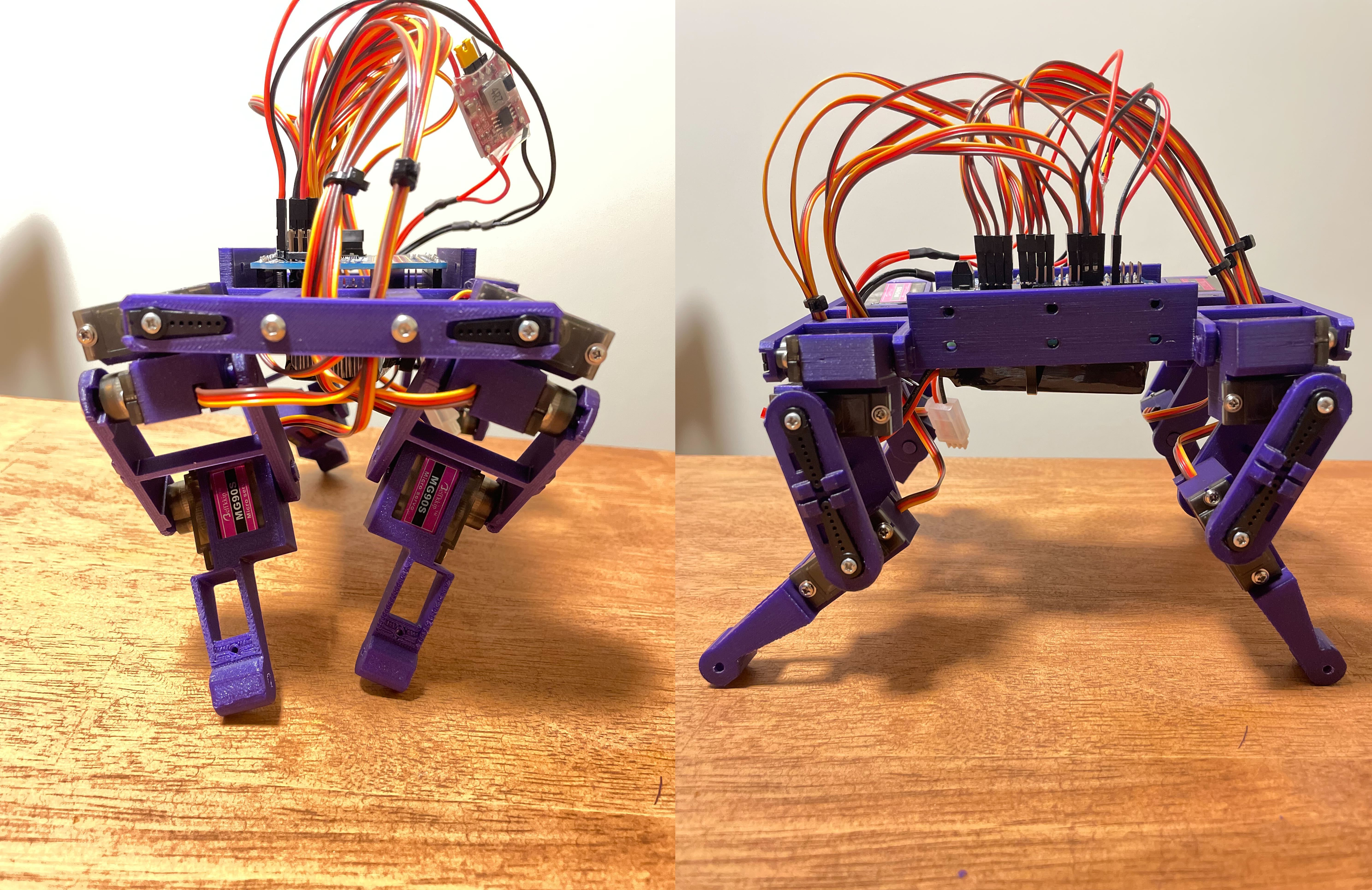
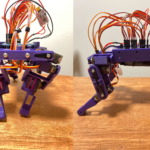
Legged Locomotion
Hi! I’m Murad, a Roboticist, Educator, and Graduate Researcher
I am pursuing a Master’s in Mechanical Engineering and Data Science at the University of Washington, Seattle (August 2023 – Present). I also hold another Master’s degree in Electrical and Computer Engineering from the University of Arizona (August 2021 – August 2023), where I conducted research under the guidance of Dr. Salim Hariri and Dr. Pratik Satam on Secure Navigation and Perception of Autonomous Vehicles.
My research is centered in the field of robotics, where I aim to enhance robot navigation and perception using an anomaly behavior modeling approach. I employ machine learning and mathematical modeling techniques to characterize the normal behavior of robotic systems and identify deviations from this norm. These deviations allow me to detect anomalies and cyber-attacks against the system. My work bridges theoretical development and real-world applications, addressing areas like self-driving cars, quadruped robots, and quadcopters.
In addition, I explore alternative ways of autonomous navigation for mobile robots to minimize reliance on localization sensors. In my most recent project, I utilized reinforcement learning to train a quadruped robot to avoid obstacles and navigate indoors without using sensors. Check this video on YouTube!
I am passionate about teaching and continue to refine my skills as an educator through my roles as a Lead Instructor at BlueStamp Engineering, multiple Graduate Teaching Assistantships, and as a Mentor for the Research Experience for Undergraduates (REU) and Partnership for Proactive Cybersecurity Training (PACT) programs.
I have been extremely motivated by companion robots like Aibo and Pleo since my early childhood, which inspired me to develop a companion robot for myself, Leo!
My technical skill set includes Python, C++, microcontrollers (Arduino and compatible platforms), microprocessors (Raspberry Pi, Jetson), 3D modeling, precision soldering, and electro-mechanical hardware/ software integration.
This website contains my academic projects, hobby projects, and research progress. I am using this website as a repository of my learning process and an open-source platform to share the details of my projects.
Research |
Conference Papers
* mark denotes Joint First Authors/ Equal Contributions


An Open-source Sim2Real Approach for Sensor-independent Robot Navigation in a Grid
Murad Mehrab Abrar*, Souryadeep Mondal*, and Michelle Hickner
IEEE Int’l Conference on Robotics and Automation Engineering (ICRAE 2024), To appear
The paper presents a Sim2Real (Simulation to Reality) approach pipeline to transfer reinforcement learning motion policies from a Frozen Lake simulation to a physical quadruped robot for autonomous grid-based navigation and obstacle avoidance without sensors.
GitHub Repository: https://github.com/mehrab-abrar/Sim2Real
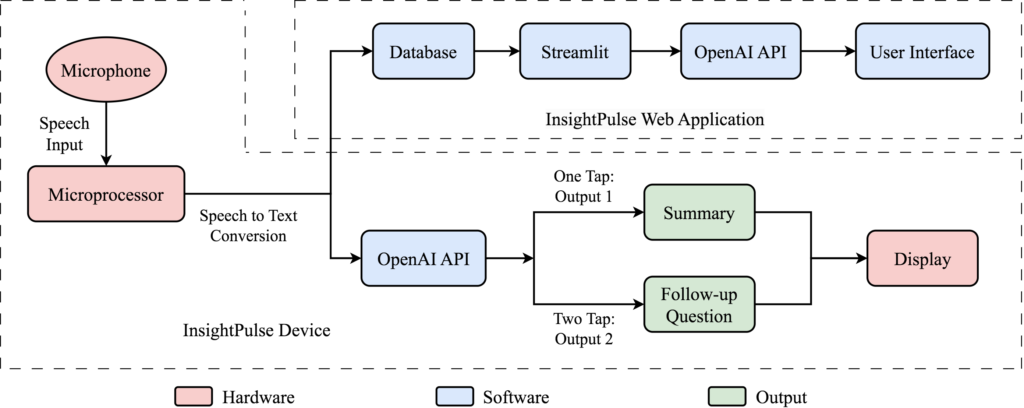

InsightPulse: An IoT-based System for User Experience Interview Analysis
Murad Mehrab Abrar*, Dian Lyu*, Yuetong Lu*, Jassie He*, Ruijun Xie, and John Raiti
IEEE Int’l Conference on Collaboration and Internet Computing (CIC 2024), To appear
InsightPulse is an Internet of Things (IoT)-based hardware and software system designed to assist user experience (UX) researchers in conducting user interviews by automatically highlighting key discussion points, proactively suggesting follow-up questions, and generating thematic summaries. Additionally, the system features a robust backend analytics dashboard that simplifies the post-interview research.
Read the preprint available at arXiv.

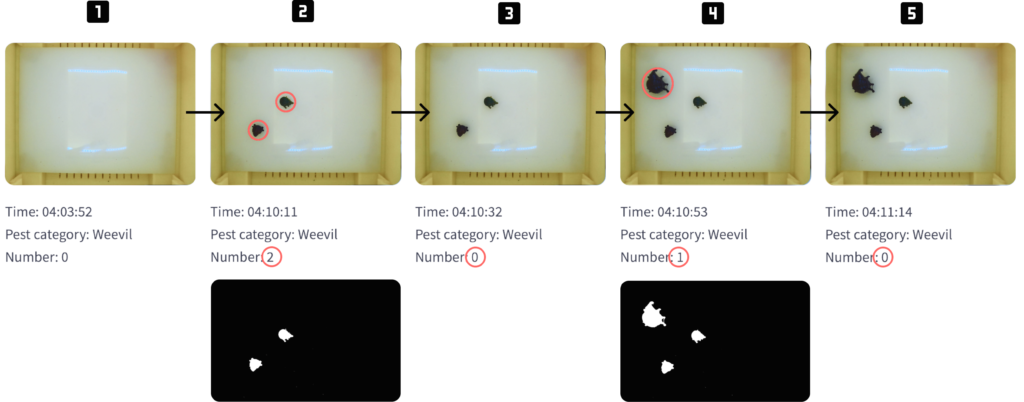
Threshold-based Automated Pest Detection System for Sustainable Agriculture
Tianle Li*, Jia Shu*, Qinghong Chen*, Murad Mehrab Abrar, and John Raiti
IEEE Int'l Conference on Internet of Things and Intelligence System (IoTaIS 2024), To appear
This paper presents an Internet of Things (IoT) threshold-based pea weevil detection hardware and software system for crop fields. Unlike the machine learning-based approaches, this detection approach relies on binary grayscale thresholding and contour detection techniques determined by the weevil size.
GitHub Repository: https://github.com/KrantLeeee/515-Microsoft-FarmVibes-FarmSentinel
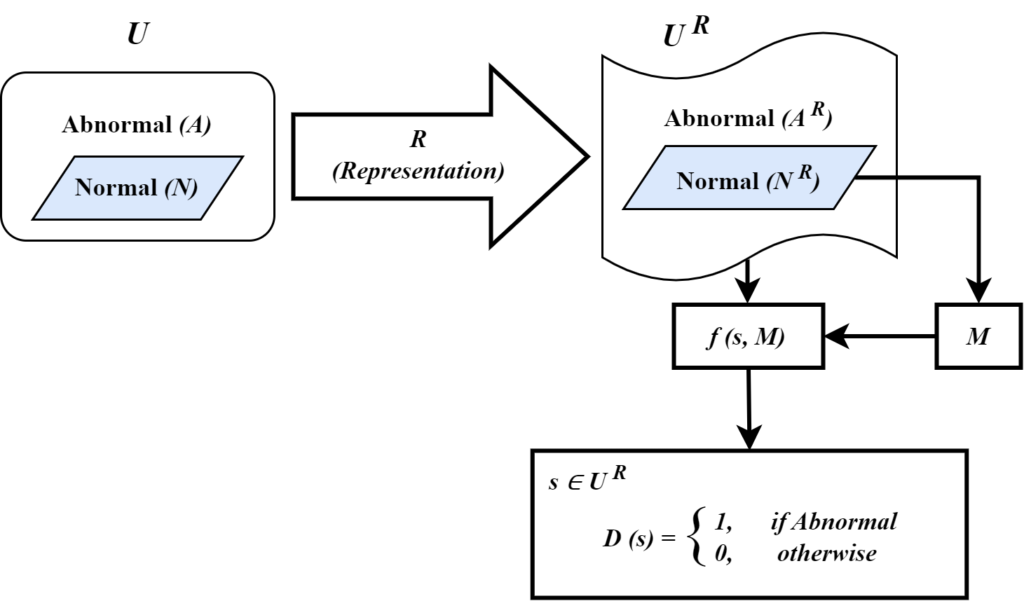
An Anomaly Behavior Analysis Framework for Securing Autonomous Vehicle Perception
Murad Mehrab Abrar and Salim Hariri
20th IEEE/ ACS Int’l Conference on Computer Systems and Applications (AICCSA 2023)
This paper proposes an Anomaly Behavior Analysis framework to detect perception system anomalies and sensor attacks against an autonomous vehicle. The framework relies on temporal features extracted from a physics-based autonomous vehicle behavior model to capture the normal behavior of vehicular perception. By employing a combination of model-based techniques and machine learning algorithms, the framework distinguishes between normal and abnormal vehicular perception behaviors. A depth camera blinding attack experiment was performed on the QCar autonomous vehicle testbed and an extensive dataset was generated for experimental analysis.
Autonomous Vehicle Perception Attack Dataset (AVP-Dataset): https://github.com/mehrab-abrar/AVP-Dataset
Click here for the Google Drive link.
Click here for the Google Slides.
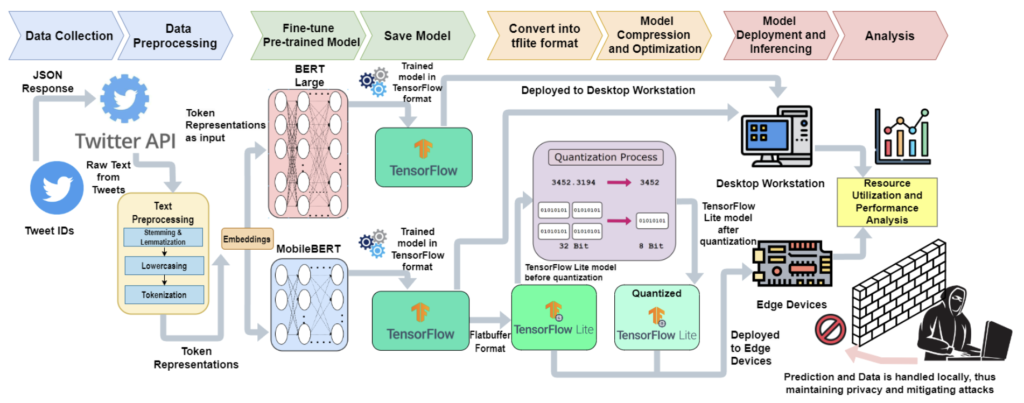
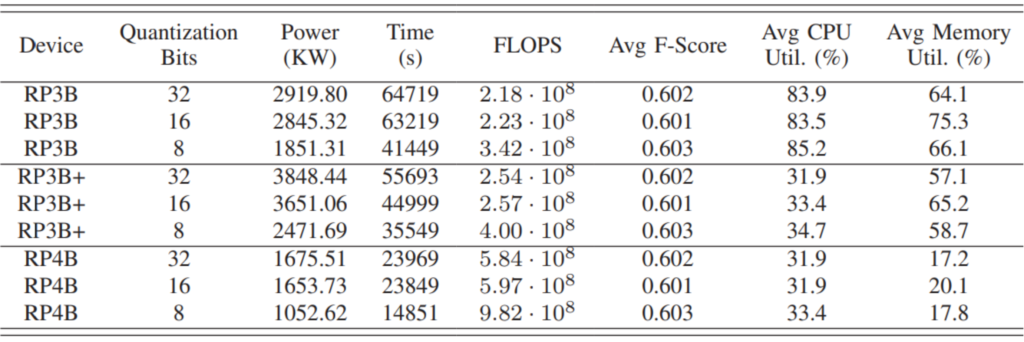
Quantized Transformer Language Model Implementations on Edge Devices
Md Wali Ur Rahman, Murad Mehrab Abrar, Hunter G. Copening, Salim Hariri, Sicong Shao, Pratik Satam, and Soheil Salehi
22nd IEEE Int’l Conference on Machine Learning and Applications (ICMLA 2023)
This paper provides a comparative performance and resource usage analysis of BERT Large Language Model and its lightweight variant, MobileBERT, on three different Raspberry Pi devices: 3B, 3B+, and 4B.
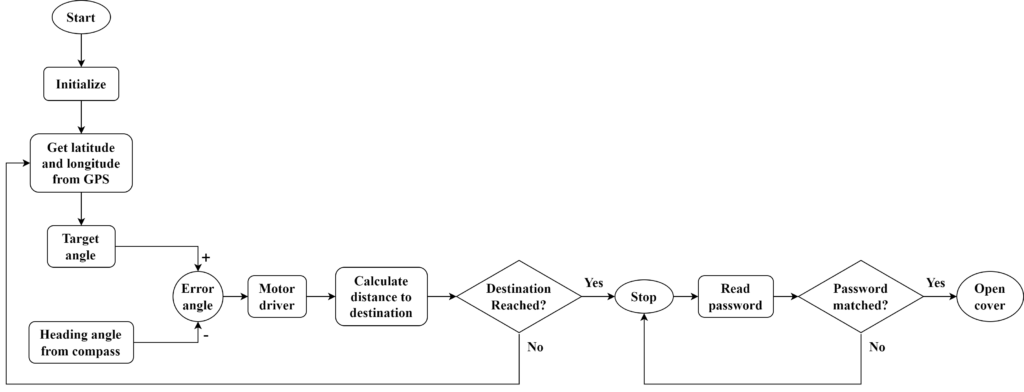
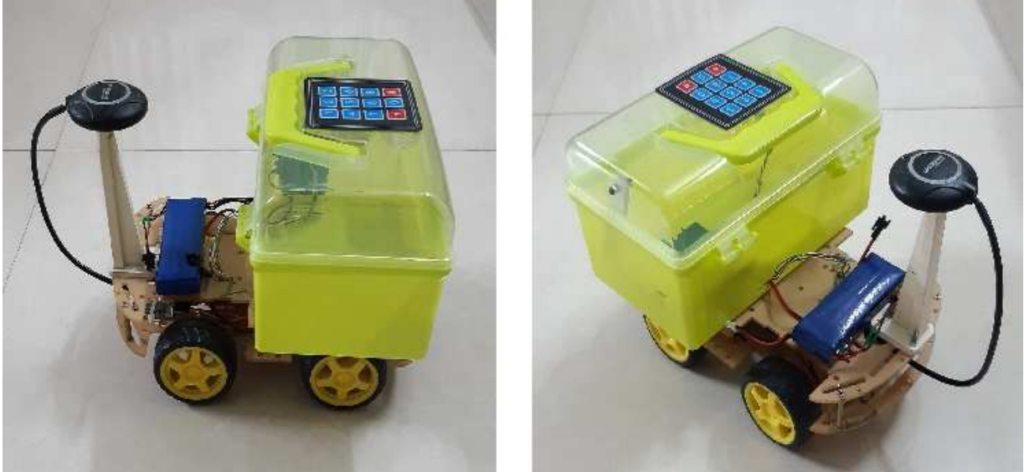
An Autonomous Delivery Robot to Prevent the Spread of Coronavirus in Product Delivery System
Murad Mehrab Abrar, Raian Islam, and Md Abid Hasan Shanto
11th IEEE Int'l Ubiquitous Computing, Electronics, & Mobile Communication Conference (UEMCON 2020)
This paper presents the design and development of a cost-effective autonomous GPS-guided mobile robot prototype to reduce the risk of infectious disease transmission in product delivery systems during times of extreme strain on healthcare and hygiene. The four-wheel drive robot autonomously navigates to a predefined destination and returns to its starting point after completing the delivery.
IEEE Xplore: https://ieeexplore.ieee.org/document/9298108
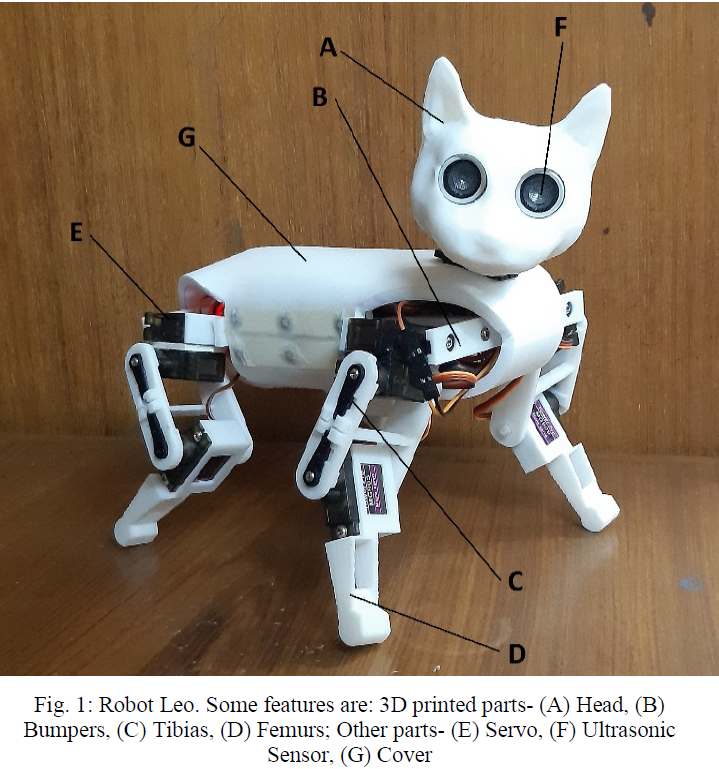
Design and Development of a Biologically Inspired Robotic Cat for Research and Education
Murad Mehrab Abrar, Raian Islam, and Md Abid Hasan Shanto
30th IEEE Int’l Conference on Computer Theory and Applications (ICCTA 2020)
This paper introduces the design and development of a 3D printed cat-inspired companion robot prototype. The robot is semi-autonomous with 14 Degrees of Freedom (DoF) and 14 activity functions.
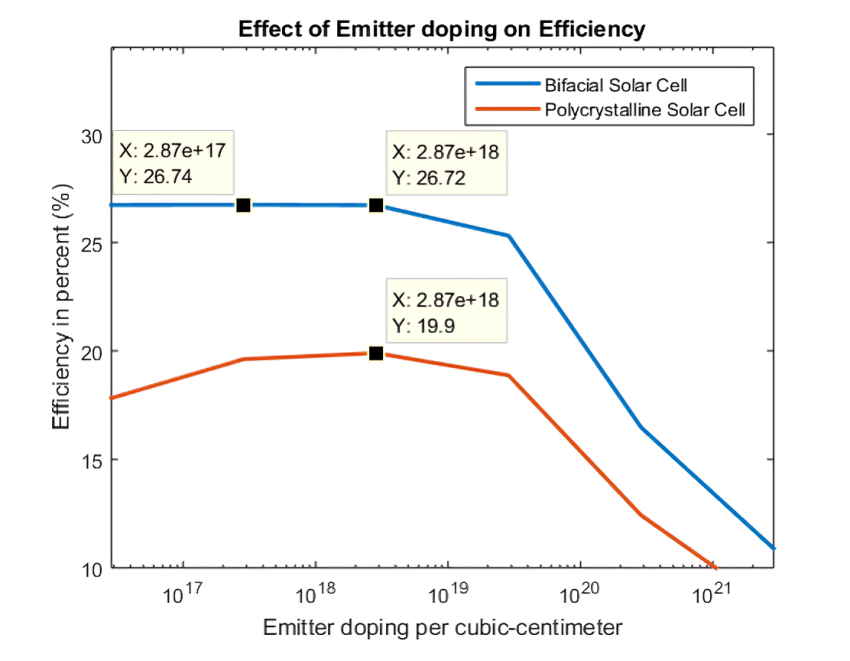
Comparative Analysis of a Bifacial and a Polycrystalline Solar Cell Device Performances by Optimizing Effective Parameters Using PC1D
Raian Islam, Murad Mehrab Abrar
8th IEEE Int’l Conference on Smart Grid and Clean Energy (ICSGCE 2020)
In this paper, device performances of bifacial and polycrystalline silicon solar cells are compared. Three primary parameters: Thickness, Emitter Doping Level, and Bulk Recombination Lifetime are varied and the rest of the parameters are preset in similar conditions and at optimal ranges.
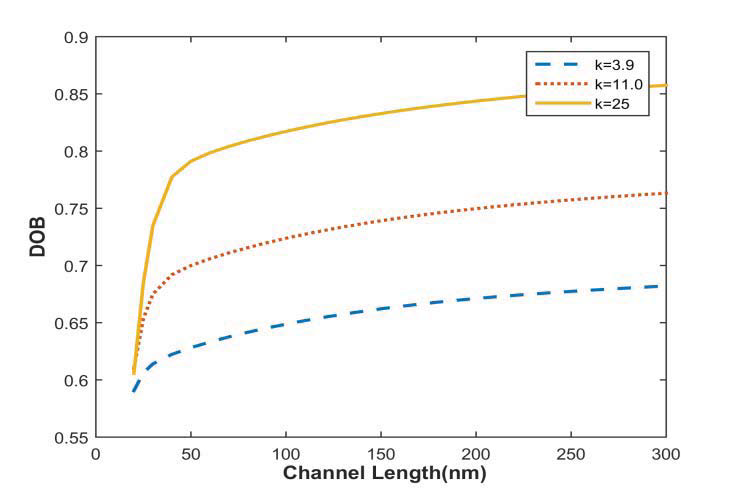
Effect of Channel Length and Dielectric Constant on Carbon Nanotube FET to Evaluate the Device Performance
Md Abid Hasan Shanto, Naimur Rahman, Raian Islam, MI Chowdhury, Murad Mehrab Abrar, Safayat Al-Imam
4th IEEE Int'l Conference on Electronics, Materials Engineering and Nano-Tech. (IEMENTech 2020)
This paper focuses on reducing the channel length of Single-Wall Carbon Nanotube Field Effect Transistors (SWNT) while maintaining device performance. Elastic scattering, strain, and tunneling effects were considered. Degree of Ballisticity (DOB) was measured under varying channel lengths, and the impact of dielectric constant on non-ballistic current was analyzed. The results indicate that increasing the dielectric constant compensates for shorter channel lengths, preserving device performance and ballisticity.

Layer Thickness Effect on Power Conversion Efficiency of a P3HT:PCBM-based Organic Solar Cell
Raian Islam, Murad Mehrab Abrar, Farhatul Hassan, Sifat Adnan
1st IEEE Int'l Conference on Advances in Science, Engineering and Robotics Tech. (ICASERT 2019)
The goal of this paper is to investigate the effects of varying the thicknesses of Active Layer (P3HT:PCBM) and Polymer Layer (PEDOT:PSS) on power conversion efficiency of organic solar cells. The results indicate that setting the active layer in an optimum fixed value and varying the polymer layer gives a better efficiency output.
Journal Article


GPS-IDS: An Anomaly-based GPS Spoofing Attack Detection Framework for Autonomous Vehicles
Murad Mehrab Abrar, Amal Yousseef, Raian Islam, Shalaka Satam, Banafsheh Saber Latibari, Salim Hariri, Sicong Shao, Soheil Salehi, and Pratik Satam
IEEE Transactions on Dependable and Secure Computing, Under Review
This paper proposes GPS Intrusion Detection System, or GPS-IDS, an Anomaly Behavior Analysis (ABA)-based intrusion detection framework to detect GPS spoofing on Autonomous Vehicles (AVs). The framework uses a novel physics-based vehicle behavior model where a GPS navigation model is integrated into the conventional dynamic bicycle model for accurate AV behavior representation. Temporal features derived from this behavior model are analyzed using machine learning to detect normal and abnormal navigation behavior. The performance of the GPS-IDS framework is evaluated on the AV-GPS-Dataset – a real-world dataset collected by the team using an AV testbed. The dataset has been publicly released for the global research community.
Autonomous Vehicle Global Positioning System Dataset (AV-GPS-Dataset): https://github.com/mehrab-abrar/AV-GPS-Dataset/
Read the preprint available at arXiv.
News
Paper accepted at IEEE AICCSA 2023

Figure: Experimental setup of a laser pointer attack on the depth camera of QCar autonomous vehicle testbed
My paper titled “An Anomaly Behavior Analysis Framework for Securing Autonomous Vehicle Perception” has been accepted at the ACS/IEEE International Conference on Computer Systems and Applications (IEEE AICCSA 2023). This work was funded by NSF. I am the lead author of this paper and my research was supervised by Dr. Salim Hariri.
In this paper, I have developed a software algorithm based on Anomaly Behavior Analysis to detect perception sensor anomalies and cyber-attacks in autonomous vehicles. The performances of the framework were evaluated on real-world datasets collected from a laser attack experiment on the QCar autonomous vehicle testbed.
Paper accepted at IEEE ICMLA 2023

Figure: Quantized Transformer Language Model Framework
Our paper titled “Quantized Transformer Language Model Implementations on Edge Devices” has been accepted at the IEEE International Conference on Computer Systems and Applications (IEEE ICMLA 2023). This paper provided a comparative performance and resource usage analysis of BERT Large and its lightweight variant, MobileBERT on resource-constrained devices, like Raspberry Pi.
I co-authored this paper where I worked on the current sensing hardware and software to accurately estimate the power consumption and performance estimation by various Raspberry Pi devices.
Presented Research Poster at NSF Center of Cloud and Autonomic Computing's (NSF-CAC) Semi-Annual Meeting at The University of North Texas, November 2022
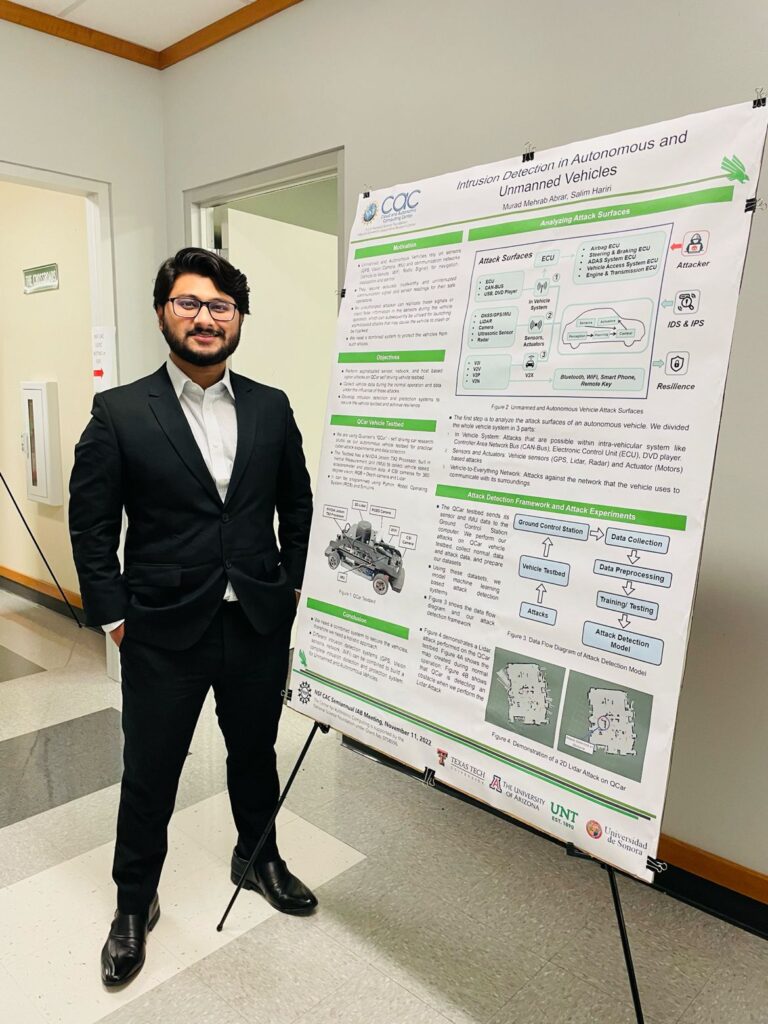
Got featured in the University of Arizona Department of ECE's display TV!
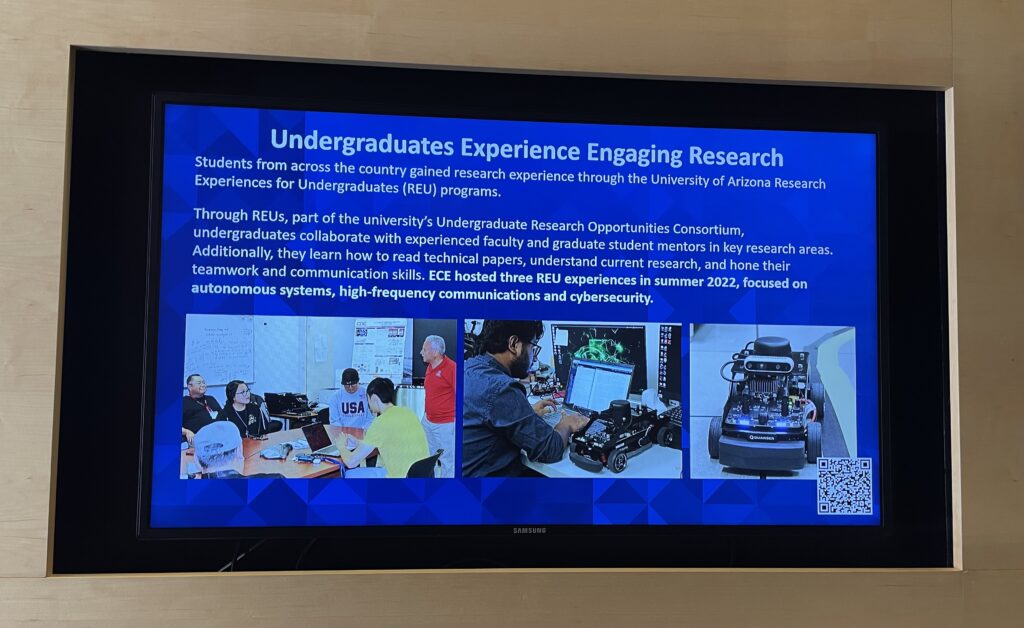
I worked as a Mentor for the Proactive Cybersecurity Training (PACT), and Research Experiences for Undergraduates (REU) programs at the University of Arizona, in Summer of 2022 and 2023. Here, I introduce undergraduates, minorities, and female students to my research area (Autonomous Systems and Cybersecurity) and help them in reading research papers and initiating projects. My mentorship work during Summer 2022 was featured in my department’s display TV!
Received Graduate Research Assistantship at the University of Arizona (2021 - 2023)


Presented Research Paper at ICCTA 2020
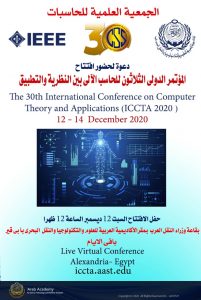
Received Best Presenter Award at IEEE UEMCON 2020


